This article was medically reviewed by Tu Anh Vu, DMD. Dr. Tu Anh Vu is a board certified dentist who runs her private practice, Tu's Dental, in Brooklyn, New York. Dr. Vu helps adults and kids of all ages get over their anxiety with dental phobia. Dr. Vu has conducted research related to finding the cure for Kaposi Sarcoma cancer and has presented her research at the Hinman Meeting in Memphis. She received her undergraduate degree from Bryn Mawr College and a DMD from the University of Pennsylvania School of Dental Medicine.
There are 10 references cited in this article, which can be found at the bottom of the page.
This article has been viewed 1,546,317 times.
All kids get loose teeth that fall out – it’s the body’s natural way of making room for adult teeth and starts around age six. It's best to let baby teeth fall out on their own if possible.[1] However, if your kid is determined to get their loose tooth out, you can try a few tactics. Loose adult teeth, on the other hand, are a serious problem and you should never try to pull them out on your own. It's difficult to pull out your own teeth, plus it's painful and could be harmful to your health.
Steps
Losing Baby (Primary) Teeth
-
1Watch for wide movement. Before anyone tries to pull a baby tooth out, it should be moving quite a bit. That is, your child should be able to move it back and forth and side to side without much pain. Lots of movement means the tooth is about ready to come out.[2]
- As noted, it's always best to let the baby tooth fall out on its own if possible.
-
2Wiggle it often. Wiggling it is a great way to start getting that tooth out. Have your child wiggle it around with their tongue. They can do this movement throughout the day until the tooth falls out. Tell your child to only wiggle it as much as they can without discomfort.[3]Advertisement
-
3Have the child chomp on hard foods. To speed up the loosening process, offer carrots, apples, or other crunchy foods to help loosen the tooth gradually. It might even come out on its own with the child barely noticing.
-
4Pull it out with a tissue. The best way to pull out a kid's tooth is to grasp it with tissue or gauze. Try to pull the tooth out with a gentle tug. If the tooth is especially resistant or the child cries out, it's best to wait a few days. However, the tooth will often come right out.[4]
- Some kids won't like you touching their teeth at all, and in that case, it's best to leave it alone. You can also let the child try to pull it out themselves.
-
5Consult the dentist. Try to be sure that the tooth is naturally loose, rather than from an accident, decay, or another reason. Talk to your doctor if you have doubts. If it takes more than two to three months to come out, it's also a good idea to see the dentist. Ask whether or not the tooth should be removed or left to fall out on its own.[5]
- After consulting the dentist, be sure to follow their advice exactly.
-
6Care for the gums. If the area is bloody after the tooth falls out, hold a cotton ball gently to the gum. You can also have the child bite on it. You may need to hold it on as long as 30 minutes, as gums take longer to clot than other parts of the body.[6]
Dealing with Loose Teeth as an Adult
-
1Visit a dentist. If at all possible, you should go to a dentist to extract an adult tooth. Your adult teeth have longer roots, making it much more painful to remove an adult tooth. Plus, you'll likely have infection underneath that the dentist will need to deal with.[7] [8]
- Tooth extraction is a serious medical procedure. Apart from being painful, you can lose a lot of blood and develop an infection without proper care.
- If you can't afford a regular dentist, look for a dental school in your area that may do it cheaper. Also, many cities have free or cheap temporary dental clinics from time to time, which may make it affordable for you.
-
2Don’t attempt to remove the tooth. Never try to remove an adult tooth on your own. It’s a job that should only be left to licensed dentists. Trying to extract a tooth on your own – or with the help of an unlicensed dentist – could put you at risk of serious medical complications.
- Be aware that there are many things that could wrong. The tooth could be improperly removed, causing infection or nerve and tissue damage.
- Also know that practicing dentistry without a license is illegal. Depending on where you live, it can be either a misdemeanor or a felony and lead to fines, probation, or even imprisonment.[9]
Practicing Aftercare
-
1
-
2Be especially gentle for the first 24 hours. Don't rinse your mouth for the first 24 hours. You can eat and drink lukewarm food, though not in the area where you removed the tooth. Make sure you're eating on the other side. You need to leave the hole alone as much as possible.[12]
-
3Avoid alcohol for the first 24 hours. Alcohol may seem logical since it can help you avoid the pain. However, it can keep the wound from healing properly. In addition, it can make it bleed more, which you definitely don't want.[13]
-
4Brush your teeth after the first 24 hours. You will need to brush your teeth, but you should wait a day. When you do brush your teeth, be especially gentle around the extraction site. You don't want to pull up the clot accidentally.[14]
-
5
Expert Q&A
Did you know you can get expert answers for this article?
Unlock expert answers by supporting wikiHow
-
QuestionCan I pull my own tooth out?
 Tu Anh Vu, DMDDr. Tu Anh Vu is a board certified dentist who runs her private practice, Tu's Dental, in Brooklyn, New York. Dr. Vu helps adults and kids of all ages get over their anxiety with dental phobia. Dr. Vu has conducted research related to finding the cure for Kaposi Sarcoma cancer and has presented her research at the Hinman Meeting in Memphis. She received her undergraduate degree from Bryn Mawr College and a DMD from the University of Pennsylvania School of Dental Medicine.
Tu Anh Vu, DMDDr. Tu Anh Vu is a board certified dentist who runs her private practice, Tu's Dental, in Brooklyn, New York. Dr. Vu helps adults and kids of all ages get over their anxiety with dental phobia. Dr. Vu has conducted research related to finding the cure for Kaposi Sarcoma cancer and has presented her research at the Hinman Meeting in Memphis. She received her undergraduate degree from Bryn Mawr College and a DMD from the University of Pennsylvania School of Dental Medicine.
Board Certified Dentist
-
QuestionI have a loose baby tooth and I tried eating some hard foods, but it still won't come out. What should I do?
 Cristian Macau, DDSDr. Macau is an oral surgeon, periodontist, and aesthetician at Favero Dental Clinic in London. He received his DDS from Carol Davila University of Medicine in 2015.
Cristian Macau, DDSDr. Macau is an oral surgeon, periodontist, and aesthetician at Favero Dental Clinic in London. He received his DDS from Carol Davila University of Medicine in 2015.
Doctor of Dental Surgery If it is loose enough and the root resorption has begun due to the permanent tooth that is growing, the baby tooth will eventually come out when eating crunchy food. If you can see the permanent tooth growing next to the baby tooth and the baby tooth is still not moving, then you should go to a pediatric dentist.
If it is loose enough and the root resorption has begun due to the permanent tooth that is growing, the baby tooth will eventually come out when eating crunchy food. If you can see the permanent tooth growing next to the baby tooth and the baby tooth is still not moving, then you should go to a pediatric dentist. -
QuestionHow to get a very very loose tooth out without much pain?
 Cristian Macau, DDSDr. Macau is an oral surgeon, periodontist, and aesthetician at Favero Dental Clinic in London. He received his DDS from Carol Davila University of Medicine in 2015.
Cristian Macau, DDSDr. Macau is an oral surgeon, periodontist, and aesthetician at Favero Dental Clinic in London. He received his DDS from Carol Davila University of Medicine in 2015.
Doctor of Dental Surgery
Warnings
- Again, NEVER try to extract an adult tooth on your own. You should only have this procedure done by a licensed dentist.⧼thumbs_response⧽
- Never try and pull a tooth out using a doorknob and string. It can damage teeth and gums.⧼thumbs_response⧽
References
- ↑ http://www.mayoclinic.org/healthy-lifestyle/childrens-health/expert-answers/baby-teeth/faq-20058532
- ↑ https://www.patientconnect365.com/DentalHealthTopics/Article/Should_You_Pull_Out_That_Loose_Tooth
- ↑ https://www.babycenter.com/0_losing-baby-teeth-what-to-expect-and-when_3658971.bc
- ↑ http://www.mayoclinic.org/healthy-lifestyle/childrens-health/expert-answers/baby-teeth/faq-20058532
- ↑ http://www.mayoclinic.org/healthy-living/childrens-health/expert-answers/baby-teeth/faq-20058532
- ↑ http://www.mouthhealthy.org/en/az-topics/e/extractions
- ↑ Tu Anh Vu, DMD. Board Certified Dentist. Expert Interview. 10 April 2020.
- ↑ http://www.mouthhealthy.org/en/az-topics/e/extractions
- ↑ http://www.criminaldefenselawyer.com/resources/practicing-dentistry-without-a-license.htm
- ↑ Tu Anh Vu, DMD. Board Certified Dentist. Expert Interview. 10 April 2020.
- ↑ https://www.dentalhealth.org/tell-me-about/topic/routine-treatment/what-to-do-following-an-extraction
- ↑ https://www.dentalhealth.org/tell-me-about/topic/routine-treatment/what-to-do-following-an-extraction
- ↑ https://www.dentalhealth.org/tell-me-about/topic/routine-treatment/what-to-do-following-an-extraction
- ↑ https://www.dentalhealth.org/tell-me-about/topic/routine-treatment/what-to-do-following-an-extraction
- ↑ Tu Anh Vu, DMD. Board Certified Dentist. Expert Interview. 10 April 2020.
- ↑ https://www.dentalhealth.org/tell-me-about/topic/routine-treatment/what-to-do-following-an-extraction
About This Article
If you’re ready to pull out a loose baby tooth, make sure it wiggles easily back and forth without much pain. Move it back and forth with your tongue as much as possible and chomp on hard foods like apples and carrots to loosen it. To remove the tooth by hand, grasp it with a tissue and pull it out with a gentle tug. Afterwards, hold a cotton ball to the gum to stem the bleeding. If you’re dealing with a loose adult tooth, don’t try to pull it out on your own—this could cause serious injury. Instead, visit a dentist to see if it needs to be extracted. To learn about what to do after your tooth falls out, keep reading the article!
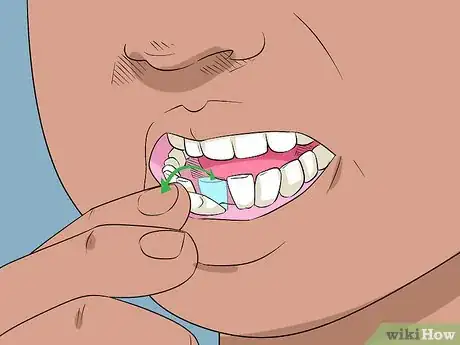
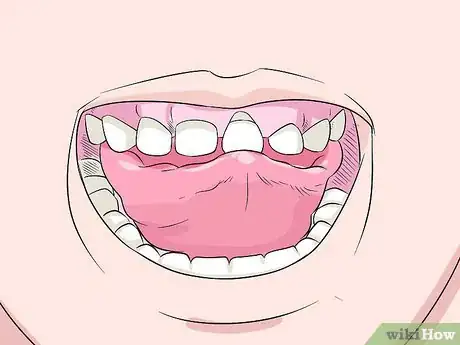
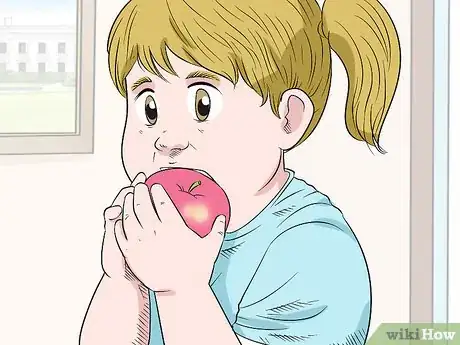
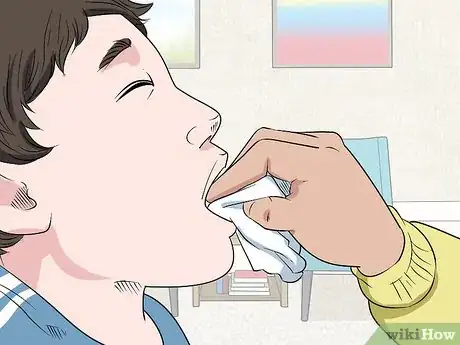
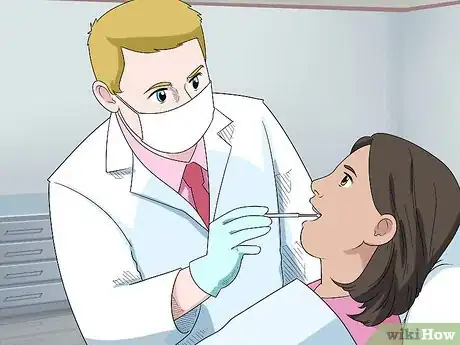
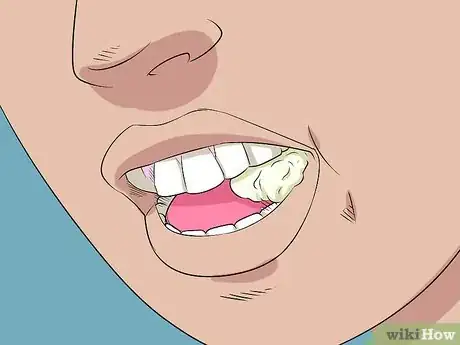
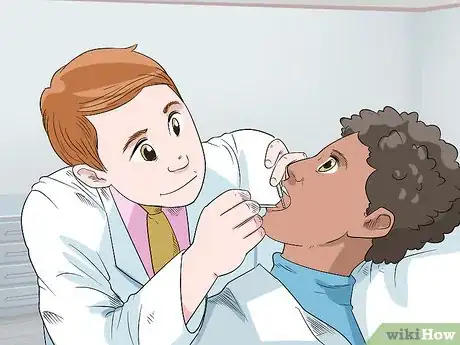

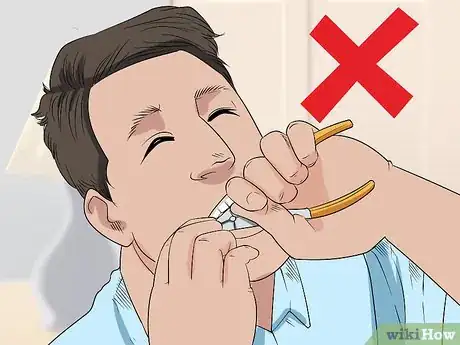
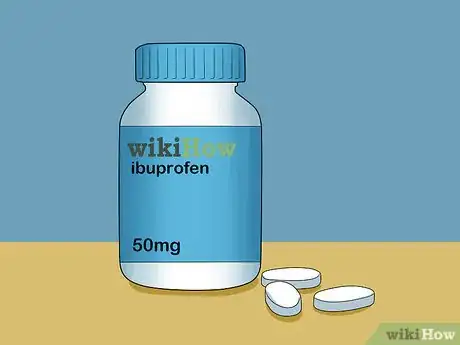
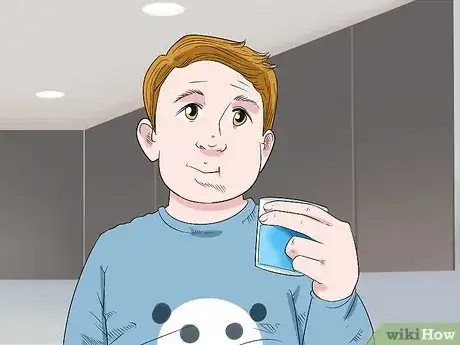
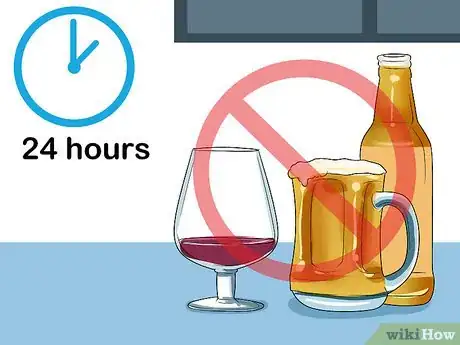
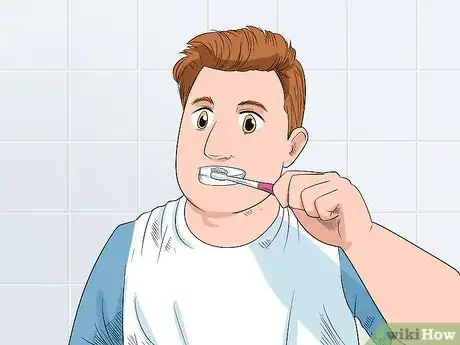
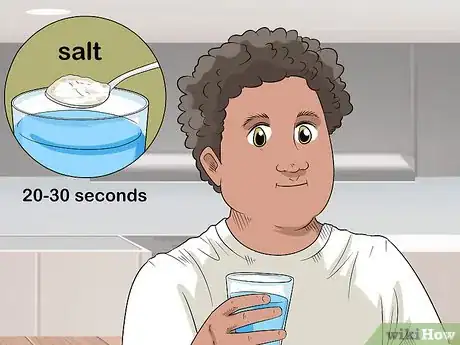
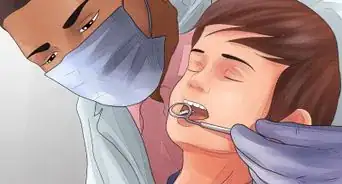
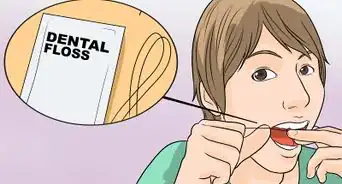
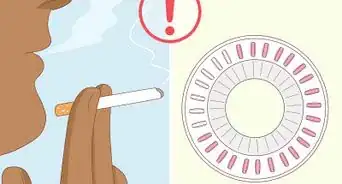
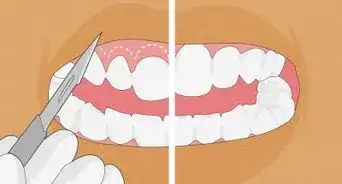
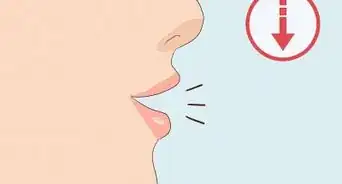
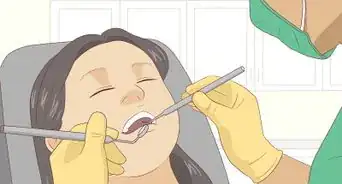
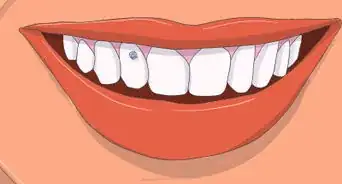
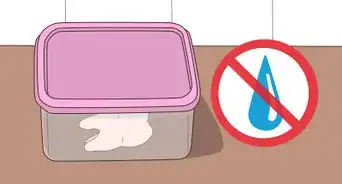
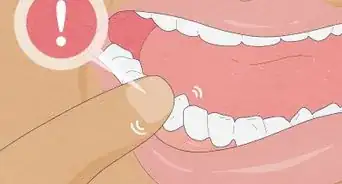
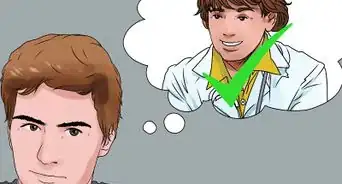
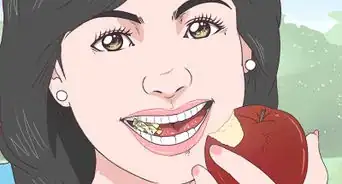
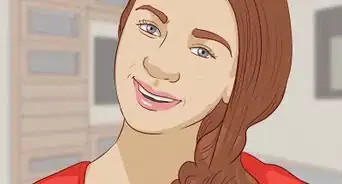
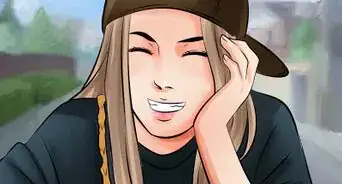
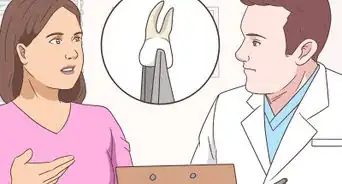








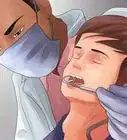
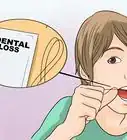
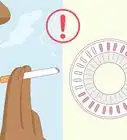
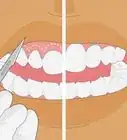



































Medical Disclaimer
The content of this article is not intended to be a substitute for professional medical advice, examination, diagnosis, or treatment. You should always contact your doctor or other qualified healthcare professional before starting, changing, or stopping any kind of health treatment.
Read More...